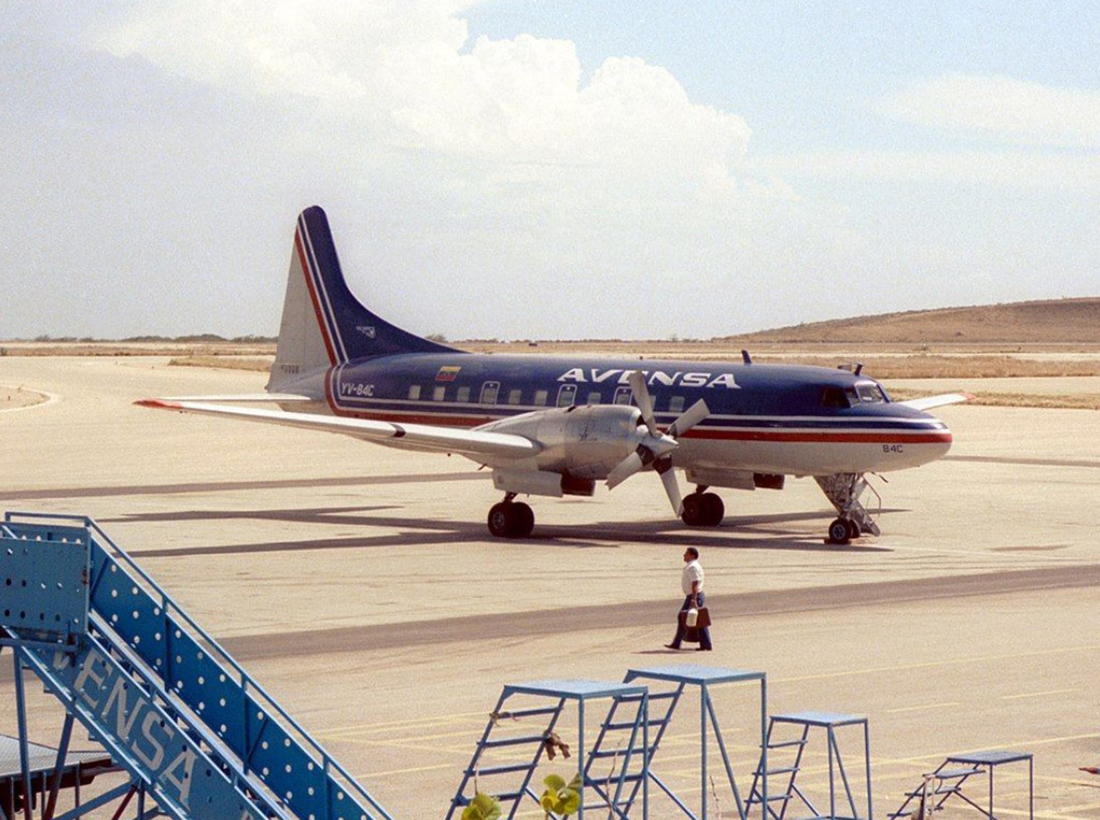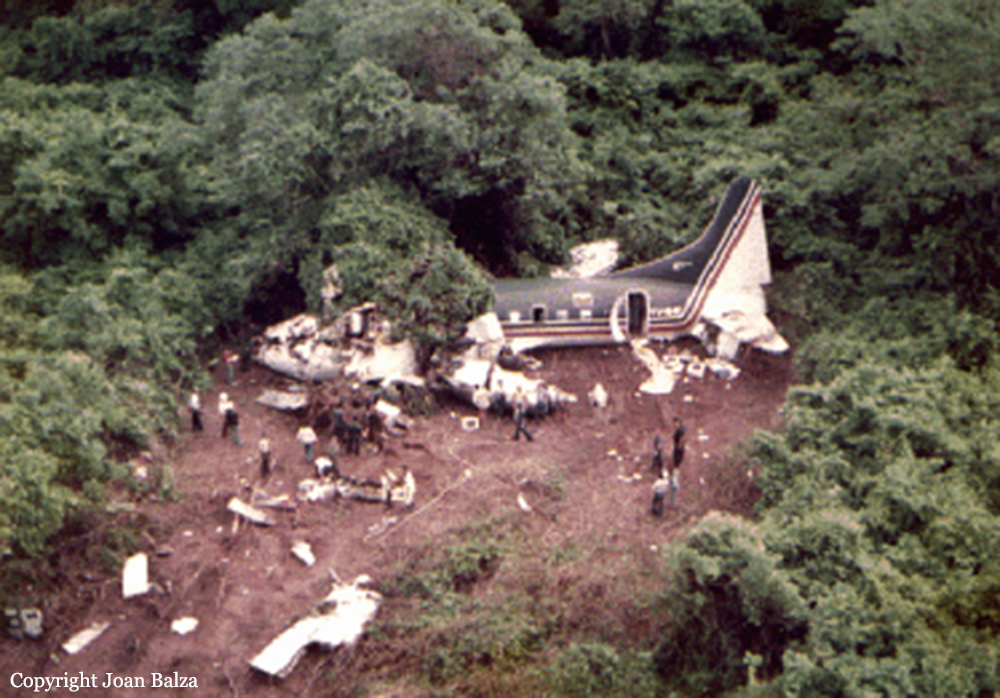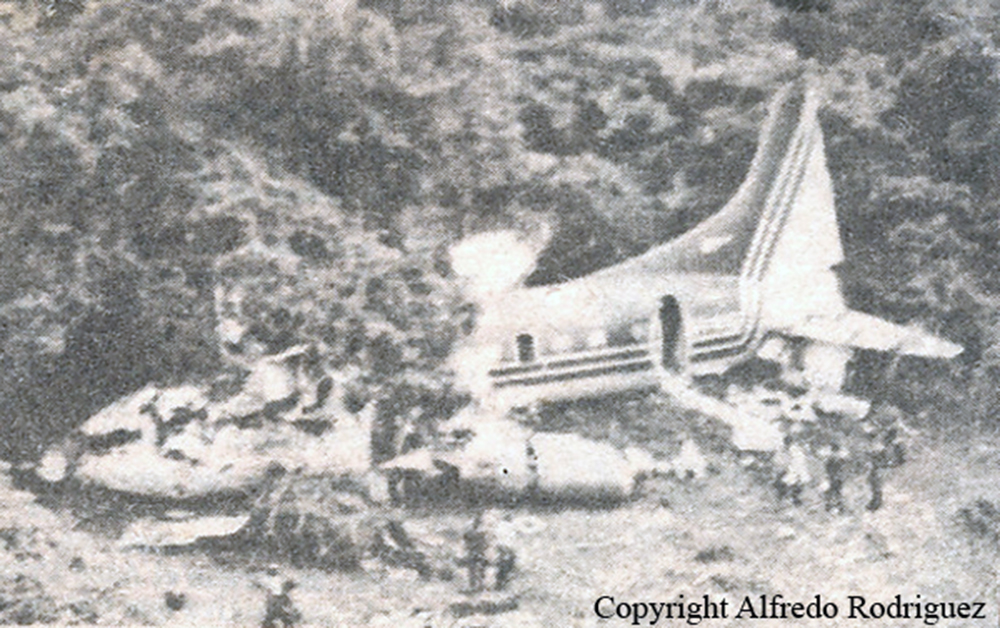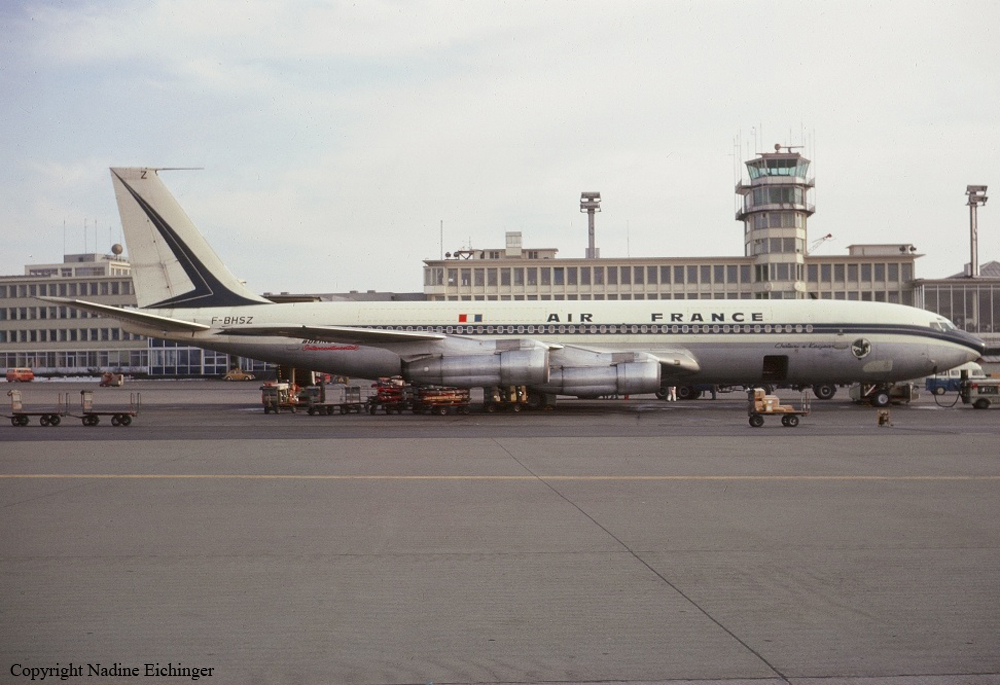Crash of a Convair CV-580 in Cabimas: 2 killed
Date & Time:
May 28, 1985
Registration:
YV-84C
Survivors:
Yes
Schedule:
Cabimas - Caracas
MSN:
157
YOM:
1960
Flight number:
VE034
Crew on board:
5
Crew fatalities:
Pax on board:
8
Pax fatalities:
Other fatalities:
Total fatalities:
2
Circumstances:
After takeoff from Cabimas-Oro Negro Airport runway 06, the aircraft encountered difficulties to gain height. The tail struck a hill located 500 meters past the runway end and the aircraft crashed in a wooded area located one km further. Both pilots were killed while 11 other occupants were injured.















